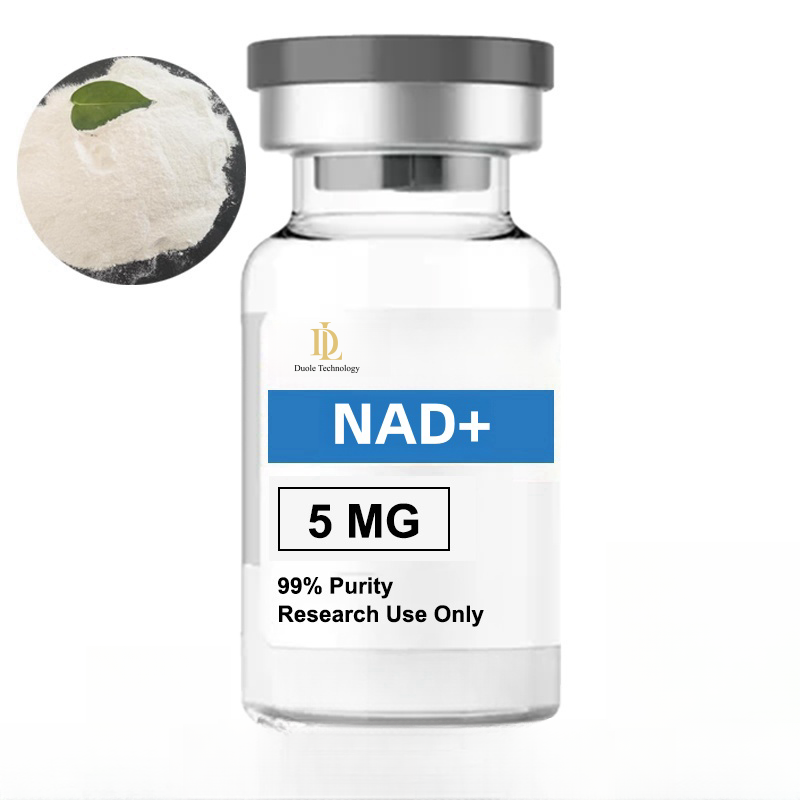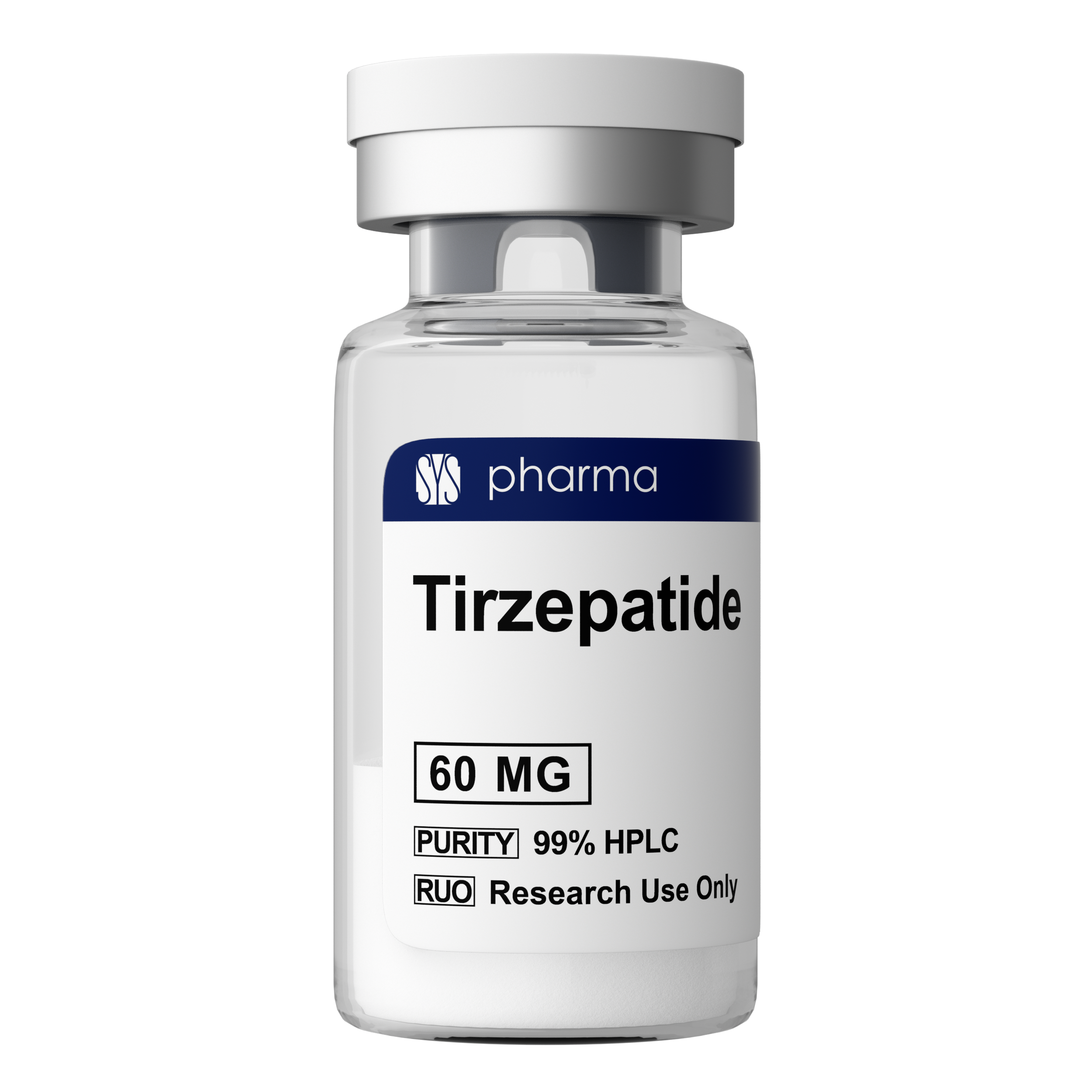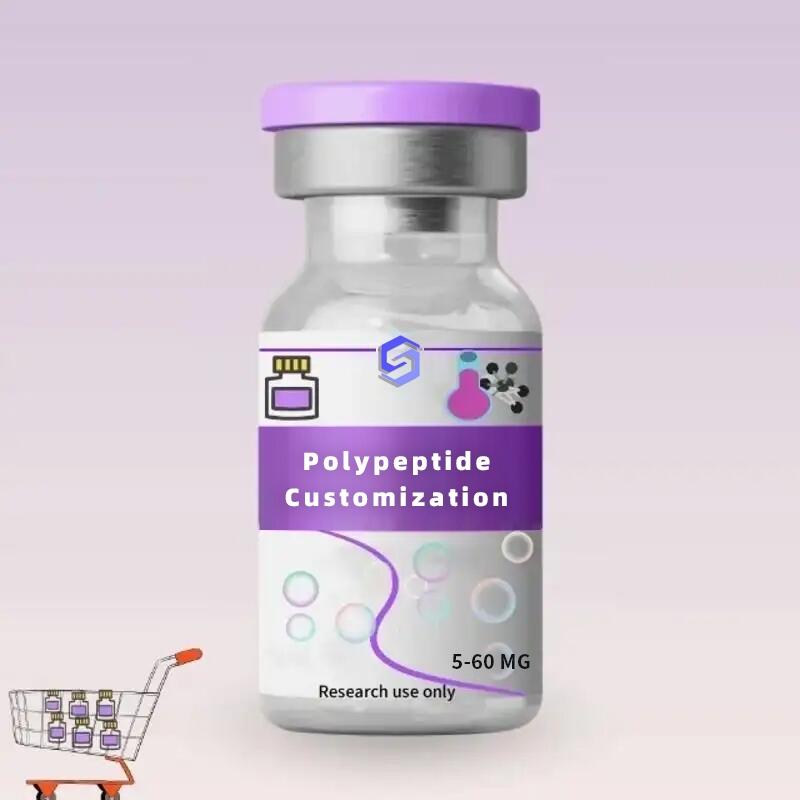-
Categories
-
Pharmaceutical Intermediates
-
Active Pharmaceutical Ingredients
-
Food Additives
- Industrial Coatings
- Agrochemicals
- Dyes and Pigments
- Surfactant
- Flavors and Fragrances
- Chemical Reagents
- Catalyst and Auxiliary
- Natural Products
- Inorganic Chemistry
-
Organic Chemistry
-
Biochemical Engineering
- Analytical Chemistry
-
Cosmetic Ingredient
- Water Treatment Chemical
-
Pharmaceutical Intermediates
Promotion
ECHEMI Mall
Wholesale
Weekly Price
Exhibition
News
-
Trade Service
In just over a year, the popular track known as "once in a decade", innovative drugs, returned from the ideal to the real world
.
The cruel status quo shows that it is unrealistic
for domestic innovative pharmaceutical companies to sit at the same card table with overseas big pharmaceutical companies from birth.
This requires technology accumulation and time precipitation
.
So, can domestic innovative drug companies really do it in the future? In the face of this problem, pessimists remain, but optimists have never disappeared
.
At the secondary market level, from the restlessness in June to the counteroffensive in October, the race for smart money to bet on the future of China's biotechnology has been continuing
.
Understandable
.
Looking back at the development history of U.
S.
stocks, it is not difficult to find that the biotechnology sector has always had twists and turns, and large retracements are common, but after all, they have not changed the general trend
of continuous upward movement.
Moving forward in twists and turns is the objective law of the development of
the biotechnology industry.
This is true of the United States, and so is naturally of China
.
In fact, the domestic innovative drug industry has not stopped moving forward
.
On November 10, APL-1401, the world's first investigational drug for the treatment of IBD (inflammatory bowel disease) with neurotransmitters, was approved by the FDA for clinical trial, which is a microcosm
of the upward process of the innovative drug industry.
The unremitting efforts of the industry will eventually restore confidence in the entire market
.
/ 01 /
/ 01 /Towards clinically valuable FICs
Towards clinically valuable FICsLike secondary market investors, IBD patients are looking forward to heroes
.
IBD is a chronic disease of the gastrointestinal tract, with common symptoms such as severe diarrhea and fatigue, which greatly affects the quality of life and requires effective continuous treatment
.
Unfortunately, due to the complex etiology of IBD, there is no accurate answer to the pathogenesis, resulting in the lack of effective cure for the disease
.
Although since the end of the last century, biological agents represented by adalimumab have become a new treatment option in the field of IBD, which has greatly improved the quality of life of patients, but it is far from enough:
About one-third of patients do not respond to biologic therapy; About one in two patients who respond to initial therapy will develop a "loss of secondary response," similar to antibiotic "resistance" [1].
The huge unmet clinical need highlights the importance of
continuing to develop new treatments for IBD.
APL-1401, as a DBH (dopamine hydroxylase) inhibitor, is a potential FIC variety
born in this context.
A growing number of studies have shown that DA (dopamine) and NE (norepinephrine) play a key role in the pathogenesis of IBD:
Decreased levels of DA exert pro-inflammatory effects by activating receptors D3R and D5R [2]; NE levels below normal concentrations (10-9 ~ 10-7
M) has a higher affinity with α2-AR and promotes the development of inflammation
[3]
。 In IBD patients, the level of DA in the inflammatory intestinal mucosa is lower than in healthy people [5], and due to the gradual loss of sympathetic nerve fibers in IBD patients, the intestinal NE level is also lower than normal, promoting inflammation and leading to an increased likelihood of IBD development and persistence [4].
Since the role of DBH is to promote the conversion
of DA to NE.
Therefore, APL-1401, as a DBH inhibitor, can increase DA and reduce NE by inhibiting DBH [4].
In other words, APL-1401 is expected to maintain intestinal immune homeostasis and improve inflammatory bowel disease by regulating the dual mechanism of neurotransmitters DA and NE levels
.
Of course, whether APL-1401 is feasible for the treatment of IBD needs to be clinically verified
.
In this regard, Asia Hong said that it will accelerate the clinical development process of APL-1401 and obtain a preliminary proof of concept as soon as possible to support the research and development of
subsequent next-generation products.
As a potential new star of a novel mechanism, the effectiveness of APL-1401, once clinically proven, will be good news
for IBD patients worldwide.
In fact, before APL-1401, Yahong also laid out two blockbuster products, APL-1202 and APL-1702
.
APL-1202 is the world's first oral MetAP2 inhibitor for the treatment of bladder cancer, and with its oral advantages, it is expected to bring more compliant options to bladder cancer patients in addition to perfusion therapy, which is the preferred treatment method, or will rewrite the treatment of
bladder cancer.
APL-1702 is a revolutionary product for cervical precancerous lesions - photodynamic therapy
.
As an innovative method of non-surgical treatment, it can avoid the discomfort of "gold standard" surgery for the treatment of high-risk cervical precancerous lesions, and the worries of side effects such as premature birth and miscarriage, and has high clinical value
.
With the continuous clinical advancement of a number of potential products, the market is bound to have a deeper understanding
of the relatively low-key Yahong Pharmaceutical.
/ 02 /
/ 02 /The strength players began to stand in front of the stage
The strength players began to stand in front of the stageThe biotech industry has always had ups and
downs.
For Wall Street, the biotech sector from 1992 to 1995 is destined to be an unbearable past: it was the first big crash of the US stock biotechnology industry, which was extremely
painful.
But if you extend the cycle, the crash did not affect the subsequent development
of the biotech industry.
Soon, beginning in 2000, the U.
S.
pharmaceutical market ushered in a new bull market
.
Of course, history does not simply repeat itself
.
If the "golden decade" before the first collapse of American Biotech was triggered by the FDA's focus on innovation, then after 2000, it was completely "value return"
brought by successful Biotech products.
A group of companies with core competitiveness such as Genentech and Amgen have successfully ushered in the real peak
in the 21st century with excellent R&D strength and forward-looking strategic planning.
To some extent, this will be the case
domestically.
The emergence of more and more clinically valuable products reflects that the hardcore players of the entire industry will gradually come to the forefront
.
For example, Remegen Biotechnology
.
The company's core product, HER2
The reason why ADC drug RC48 can still be recognized by the market under the shadow of DS8201 is that it not only proves its value in the large indication of breast cancer, but also brings new hope to patients in the clinical unmet market:
In the field of breast cancer, RC48 is the earliest ADC product with breast cancer and liver metastasis in China.
In addition to breast cancer indications, RC48 is in a leading position in the research and development competition for indications such as urothelial carcinoma
.
Not only RC48, but also the research and development of RC28, another core product of Remegen, also implements the concept of meeting unmet clinical needs, so it has great clinical value
.
Therefore, after the listing of the Rongchang Biotech Innovation Board, although the stock price briefly corrected, it then went all the way up
.
Since May, the company's share price has risen nearly 2 times, leading the entire sector
.
Not long ago, the innovative drug BeiGene also played a demonstration role
.
On October 12, BeiGene announced that the global phase 3 head-to-head APINE trial of the oncology drug zebratinib achieved good results, that is, the effect was better than that of the control drug ibrutinib
.
As soon as the news came out, BeiGene's U.
S.
stock rose by more than 20%, and its market value increased by nearly $3 billion; Its gains in A-shares and H-shares have also soared, which by the way has led the entire pharmaceutical industry to counterattack
.
Whenever a pharmaceutical company can prove itself, the market will give positive feedback
.
/ 03 /
/ 03 /summary
summaryJust one year, one era
.
Although China's pharmaceutical industry has experienced tremendous changes in the past year or so, the pursuit of innovation by industrial people has never stopped, and iteration continues to occur
.
There is no doubt that more and more "Made in China" blockbuster drugs are destined to appear in the future, leading the entire industry to regain confidence
.
The second half of China's innovative drugs will still be wonderful
.
Source:
Source:[1]《Updates in therapeutic drug monitoring in inflammatory bowel disease, June 2022, link to:
[1]《Updates in therapeutic drug monitoring in inflammatory bowel disease, June 2022, link to: [2]《Immunomodulatory Effects of Dopamine in Inflammatory Diseases, April 2021, link to the literature: [2]《Immunomodulatory Effects of Dopamine in Inflammatory Diseases, April 2021, link to the literature: [3]《Gastrointestinal Dopamine in Inflammatory Bowel Diseases: A Systematic Review, November 2021, link to the literature: #B48-ijms-22-12932 [3]《Gastrointestinal Dopamine in Inflammatory Bowel Diseases: A Systematic Review, November 2021, link to the literature: #B48-ijms-22-12932
[4]《Dopamine beta-hydroxylase and its genetic variants in human health and
Disease, October 2019, link to https://onlinelibrary.
wiley.
com/doi/full/10.
1111/jnc.
14893
wiley.
com/doi/full/10.
1111/jnc.
14893
[5]《Impaired synthesis or cellular storage of norepinephrine, dopamine, and
5-hydroxytryptamine in human inflammatory bowel
Disease, January 2002, link to: https://pubmed.
ncbi.
nlm.
nih.
gov/11837726/
ncbi.
nlm.
nih.
gov/11837726/







